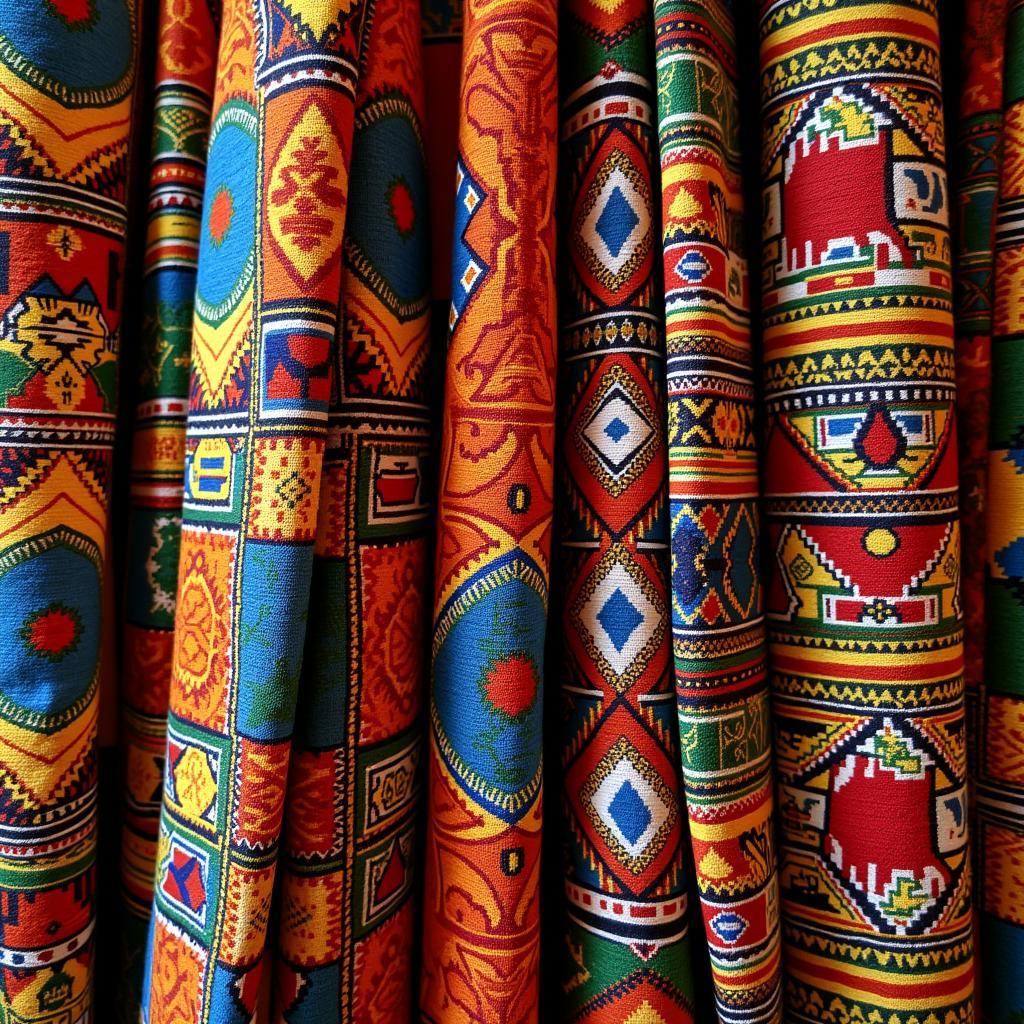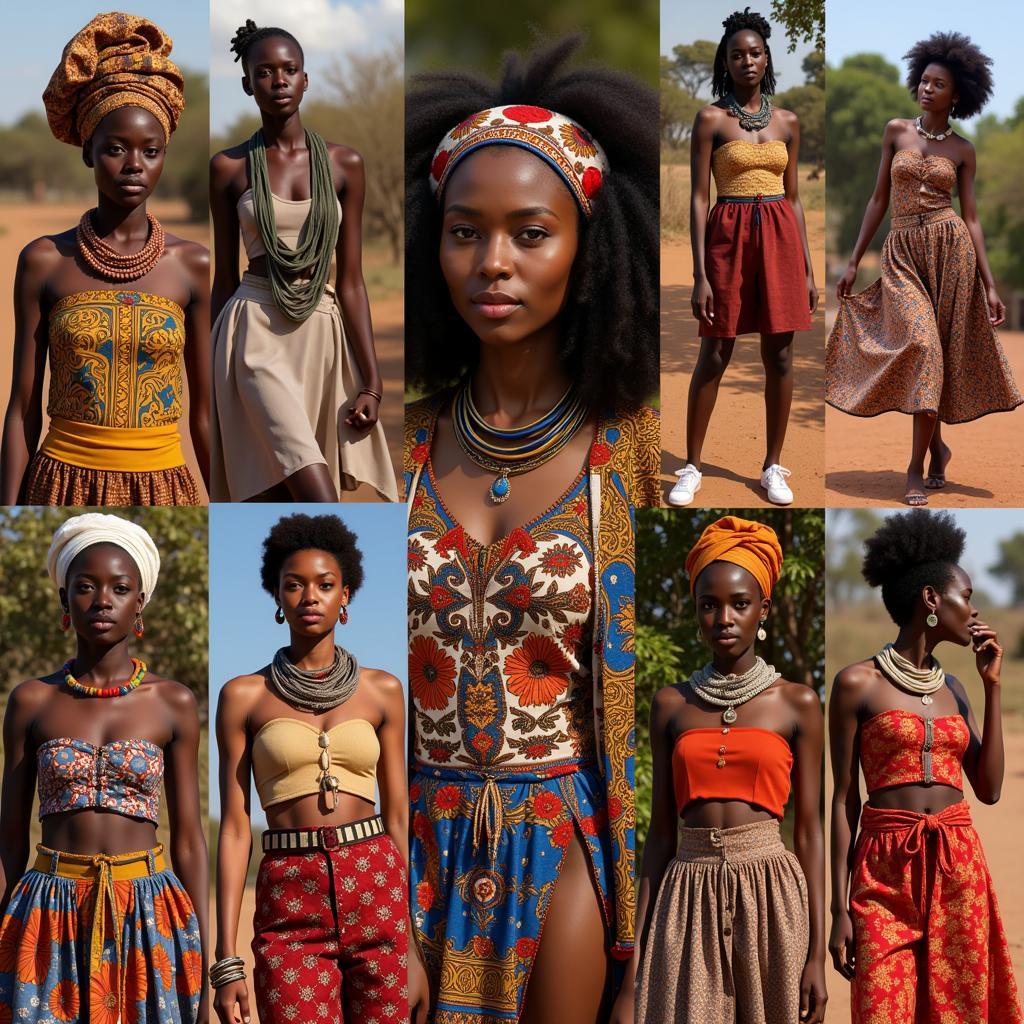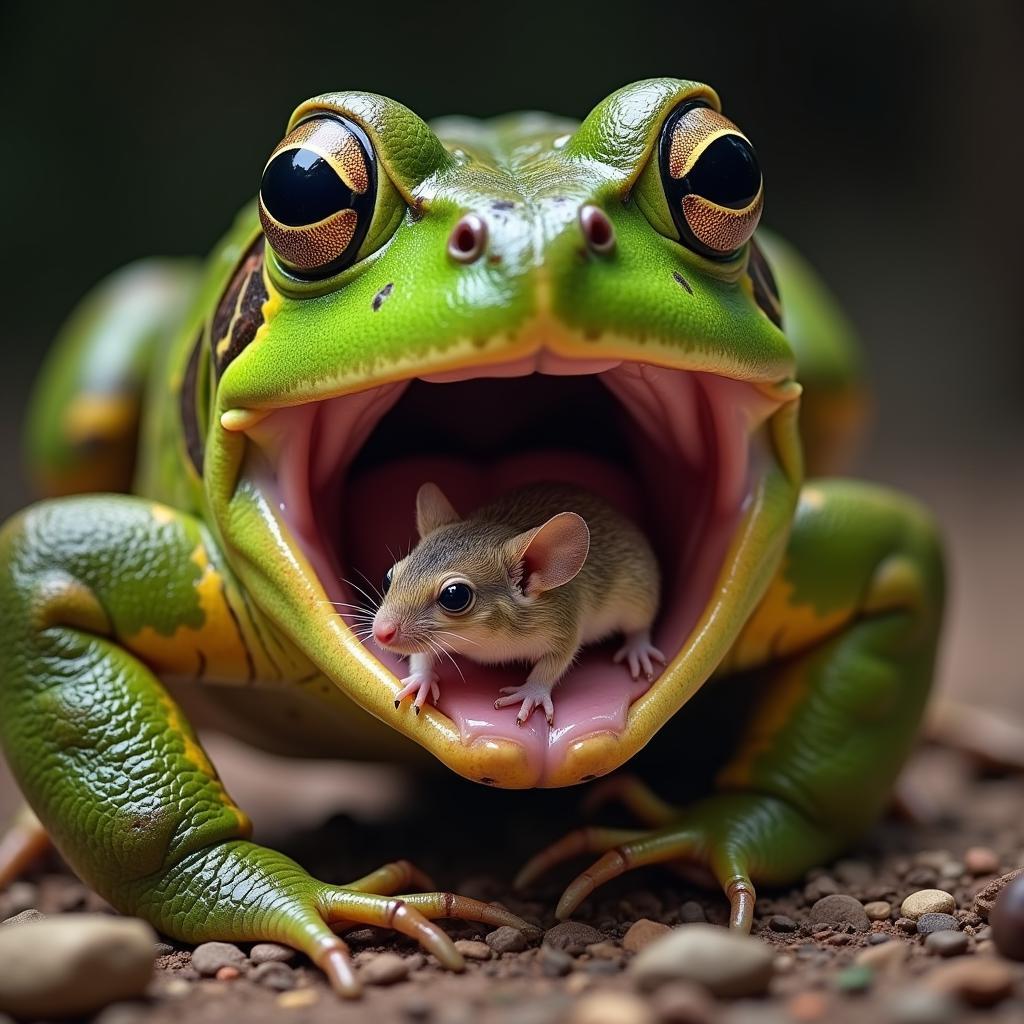The Big 5 African Animals: A Guide to an Unforgettable Safari
Africa, a land of breathtaking landscapes and incredible wildlife, beckons adventurers with the promise of encountering the legendary “Big 5” animals. These iconic creatures – the African lion, African elephant, African leopard, Cape buffalo, and rhinoceros – have captivated the imaginations of explorers and wildlife enthusiasts for centuries.
The Origins of the “Big 5”
The term “Big 5” didn’t originate from conservation efforts or scientific classification. Instead, it was coined by big-game hunters in the 19th century, referring to the five most challenging and dangerous animals to hunt on foot in Africa. These animals, known for their unpredictable nature and potential for deadly encounters, presented the ultimate test of skill and bravery for these hunters.
Why Are the Big 5 So Special?
Today, the “Big 5” hold a different significance. They’ve become synonymous with wildlife conservation and are highly sought after by photographers and safari-goers from around the globe. Seeing these magnificent creatures in their natural habitat is a humbling experience, a chance to witness the raw power and beauty of the natural world.
The Magnificent Five: Up Close and Personal
Each member of the “Big 5” possesses unique characteristics and charm that makes them truly unforgettable:
1. African Lion (Panthera leo)
- King of the Beasts: Recognizable by their impressive manes (males only), lions are the only social cats, living in prides ruled by a dominant male.
- Apex Predators: At the top of the food chain, lions play a vital role in maintaining ecosystem balance.
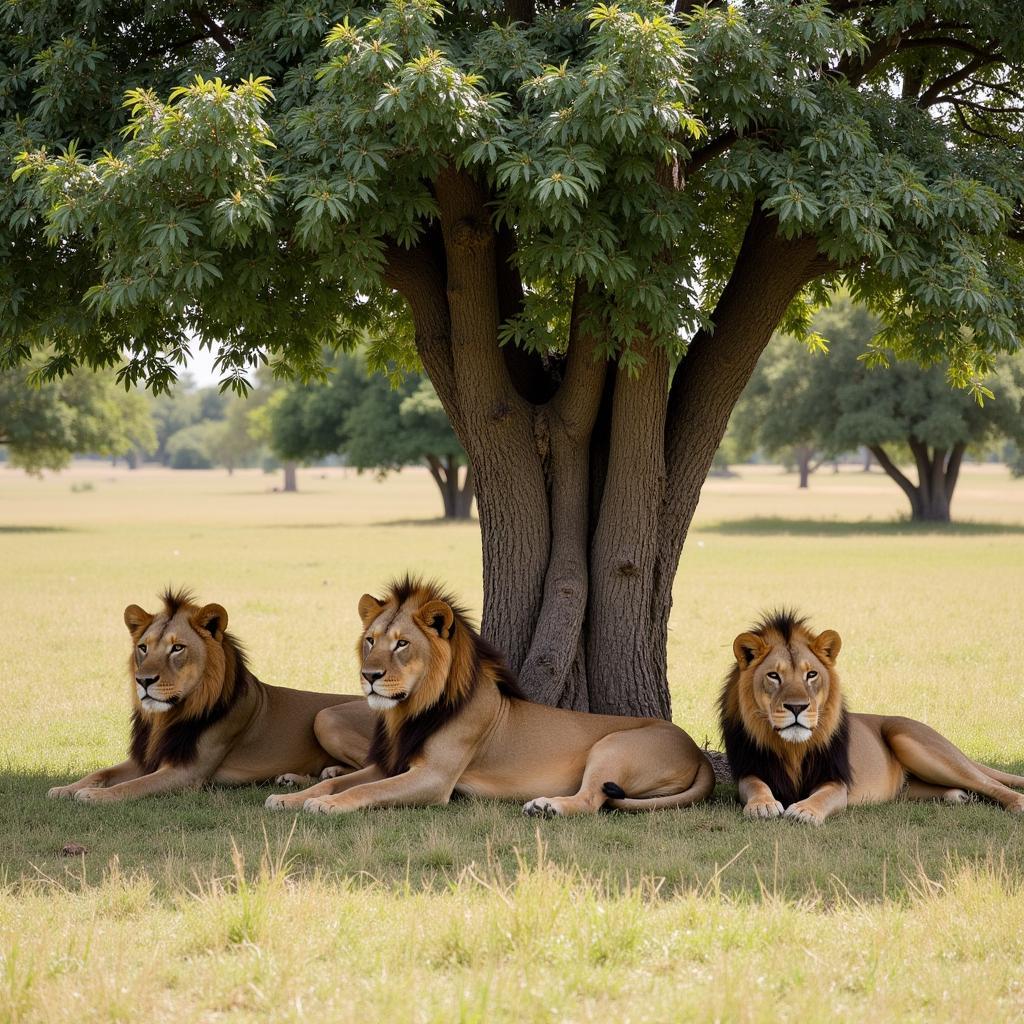 African Lion Pride Resting
African Lion Pride Resting
2. African Elephant (Loxodonta africana)
- Gentle Giants: The largest land mammals, elephants are known for their intelligence, complex social structures, and powerful family bonds.
- Ecosystem Engineers: Their foraging habits shape landscapes, creating clearings and waterholes essential for other species.
3. African Leopard (Panthera pardus)
- Masters of Camouflage: With their stunning rosette-patterned coats, leopards are elusive and solitary creatures, perfectly adapted for stealthy hunting.
- Arboreal Acrobats: They often haul their kills into trees to keep them safe from scavengers.
4. Cape Buffalo (Syncerus caffer)
- The Black Death: Though herbivores, buffaloes are incredibly strong and unpredictable, known to charge with little provocation.
- Social Grazers: They roam in large herds, creating an intimidating presence on the savanna.
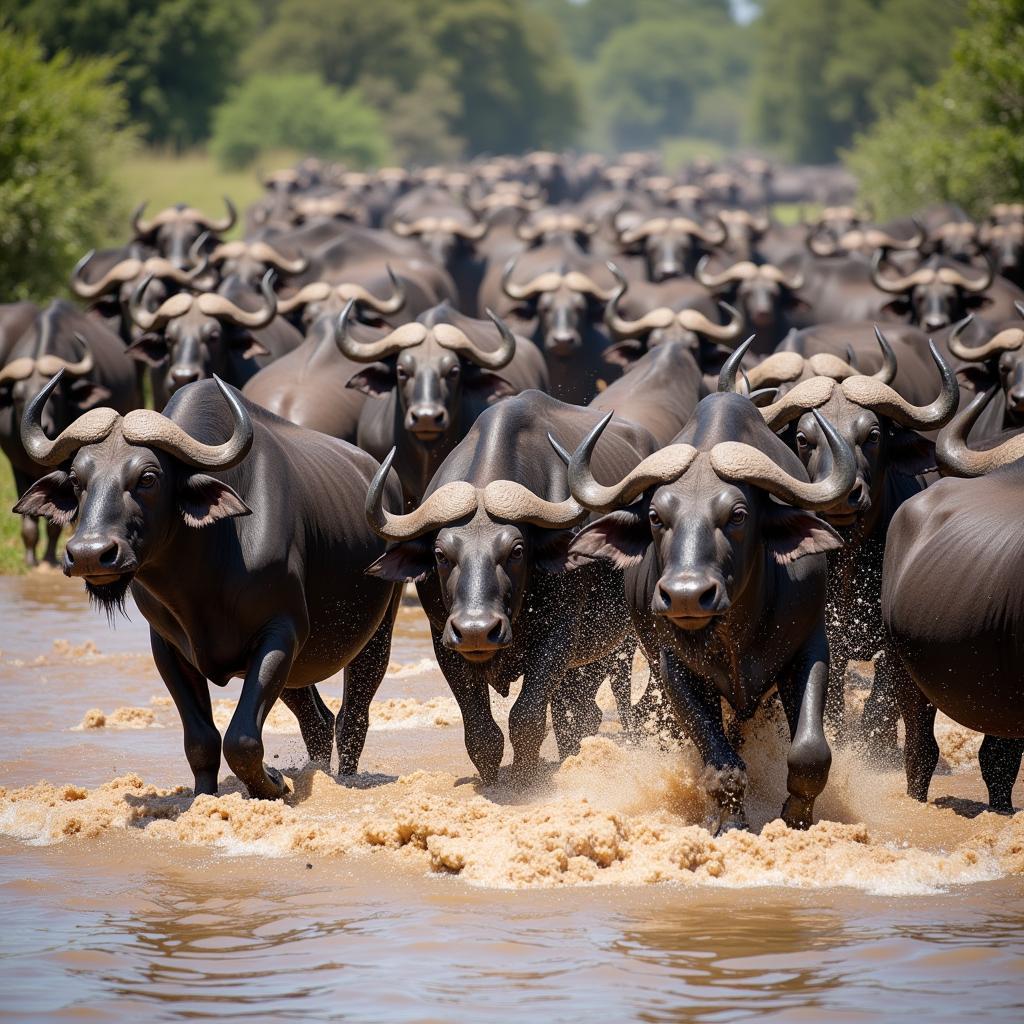 African Buffalo Herd Crossing River
African Buffalo Herd Crossing River
5. Rhinoceros (White and Black)
- Prehistoric Survivors: Two rhino species, white and black, grace Africa’s plains. Both possess distinctive horns and are critically endangered due to poaching.
- Keystone Species: Their grazing habits influence vegetation growth, impacting the entire ecosystem.
Where to Find the Big 5
The Big 5 are not found in every corner of Africa. Here are some of the best places known for reliable sightings:
- African Blue Sky Safaris Namibia: Explore the diverse landscapes of Namibia, from the Etosha National Park to the Namib Desert, for a chance to spot these incredible animals.
- Botswana’s Okavango Delta: This unique inland delta offers incredible wildlife viewing opportunities, including sightings of all Big 5 animals.
- Tanzania’s Serengeti National Park: Witness the Great Migration, where millions of wildebeest and zebra traverse the plains alongside predators like lions and leopards.
- South Africa’s Kruger National Park: One of Africa’s largest and most well-managed parks, Kruger offers excellent chances of seeing the Big 5 and a plethora of other wildlife.
Tips for a Successful Big 5 Safari
- Choose the Right Time: Research the best time to visit your chosen destination for optimal wildlife viewing.
- Hire an Experienced Guide: A knowledgeable guide will significantly increase your chances of spotting the Big 5 and provide valuable insights into their behavior.
- Be Patient and Observant: The animals are wild and unpredictable. Patience and a keen eye will reward you with unforgettable sightings.
“Remember,” advises Dr. Edward Mkwawa, a renowned wildlife biologist working in Tanzania, “respecting the animals and their environment is crucial. Maintain a safe distance, avoid making loud noises, and never attempt to approach or feed them.”
The Legacy of the Big 5
While their history may be rooted in hunting, the Big 5 have become symbols of conservation and a source of awe for people worldwide. By protecting these magnificent animals and their habitats, we ensure that future generations will have the privilege of experiencing the wonder of the African wild.
FAQs
1. Are the Big 5 always seen together?
No, the Big 5 don’t always roam together. Each species has its own territory and social dynamics.
2. Is it dangerous to encounter the Big 5?
While these animals are wild and potentially dangerous, respecting their space and following your guide’s instructions minimizes risks.
Further Exploration:
- Learn more about the powerful African buffalo and their role in the ecosystem.
- Discover the beauty of African big male lions and their impressive manes.
- Explore the artistry of African animal art prints to bring a piece of the savanna into your home.
Embark on an unforgettable journey to witness the Big 5 African Animals in their natural splendor. Your African safari awaits, promising memories that will last a lifetime.
Need help planning your Big 5 African adventure? Contact us at:
Phone: +255768904061
Email: kaka.mag@gmail.com
Address: Mbarali DC Mawindi, Kangaga, Tanzania.
Our dedicated team is available 24/7 to assist you!
